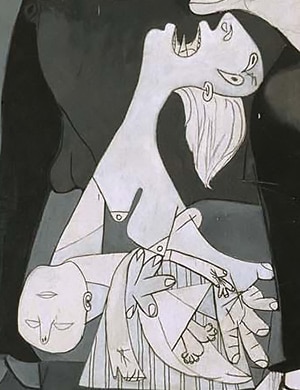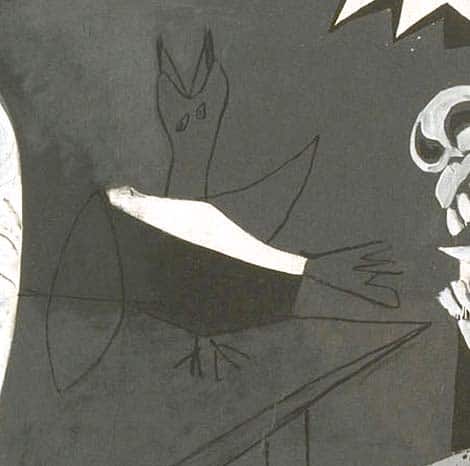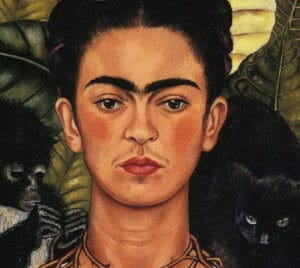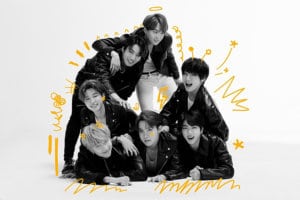
The mural completed by Picasso for the Pavilion of the Spanish Republic at the Paris World’s Fair in June 1937: Guernica has inspired as much critical commentary and continues to be considered as the combination of all his other paintings. As a revolutionary who changed the direction of art, Picasso is a name that had a great impact not only on the art of the West, but also on the whole world.
Pablo Picasso’s legendary Guernica is a wartime work, first exhibited in 1939. He created the work in 1937, but did not restore it until a democratic environment was established in Spain. The work was only able to return to Spain after Franco’s death in 1981. It has since been exhibited in Madrid; Today, you can see it in the Reina Sofia Museum in Madrid.
Picasso and Guernica
Picasso made his work at the request of the Spanish government. The demand reflects the period when the Spanish Civil War was at its most devastating. “Guernica”, from which the work is named, is a small town that was bombed during the war. Many civilians living in the town died or were injured during this bombardment. Picasso was living in Paris during this period and learned about this from the newspaper. Guernica will be his work that will be frequently referenced to describe a period even years later. It is the reflection of the pain and anger inside Picasso. The Guernica work is a cry against the extinction of humanity.
We can understand this from Picasso’s small conversation with the Nazi Ambassador Otto Abetz, who is often cited while describing his attitude towards the war. Abetz asked Picasso in front of Guernica, “Did you make this work?” he asks, and Picasso tells Abertz, “No, you did.” gives the answer.
Although this work of Picasso may seem chaotic and difficult to understand at first glance, it tells a powerful story about the war that I briefly mentioned above. At first glance at the painting, Picasso’s use of color and the shapes of the images he uses attracts attention. Guernica, a wall painting, is a monumental painting 7.76 m wide and 3.49 m high. The unique use of black and white plays an important role in delivering an anti-war message.
Lightbulb

Picasso did not depict the bombing in Guernica in a realistic form and there are no bombs depicted in the work. Instead, Picasso uses a barbed light bulb instead. This light bulb symbolizes the flames that shattered the sky during the bombing.
Horse

Located under the bulb, the horse’s intestines are pierced by an arrow and appear to be screaming in pain. It is symbolic of the suffering inflicted on the Spanish people by German bombers. Picasso also placed a hidden skull, consisting of a horse’s nose and teeth.
bull

The bull with human eyes symbolizes the struggle between being human and being a beast. Spanish nationalism and totalitarian regime embodied in the work with the figure of the bull.
Woman

The woman on the left of the painting is facing the sky and the helplessness is seen in her eyes while holding her dead baby. On closer inspection, this depiction of Picasso is reminiscent of portraits of Dora Maar, whom he nicknamed the “weeping woman.” The female figure on the right of the work seems to be rebelling against the sky with her arms raised and a dull face.
Pigeon

There is an almost invisible dove among the figures in the work. This is a symbol of the peace lost in Guernica during the war.
Man Holding Sword

He is the only figure in the work in a lying position. Despite receiving many blows during the war, he still continues to hold his sword heroically. The flower we see in the warrior’s hand represents hope that does not fade despite the shedding of blood.
Regarding the figures Picasso used in his work, Art historian Patricia Failing states that we should go back to Picasso’s childhood. Picasso was only three years old when his father took him to his first bullfight. For Picasso, brutality, violence and tragedy have become an obsession ever since.
According to Patricia Failing, “The bull and the horse are important characters in Spanish culture. Picasso himself certainly used these characters to play many different roles over time. This intense relationship between bull and horse is a kind of ballet designed in various ways throughout Picasso’s career.” falling, “The bull is sometimes seen as a symbol of Spain, a symbol of the virtues and values of Spain and Spanish culture,” he continues his analysis.. “Sometimes the relationship is gender, a kind of relationship of masculine power and feminine power. Sometimes it’s a relationship of the aggressor with something more passive. Sometimes it’s a relationship between darkness and light. So the bull can be good. Depending on what interpretation you get in your survey of the reactions to Guernica, it’s in the work. The man who takes it or the bull may be the bad one.”
So, does Guernica have other meanings?
University lecturer José Maria Juarranz de la Fuentes claims that Guernica depicts the life of the painter. This theory has also been put forward by the German art dealer Daniel Henry Kahnweiler. According to theory, the painting represents three pivotal moments in Picasso’s life: the terrible Malaga earthquake in his childhood, relationship problems in the 1930s, and the suicide of his friend Carlos Casagemas.
While Picasso does not like to talk about the “meaning” of Guernica and his art in general, the nationalistic symbolism of this painting is undeniable.
“If you give meaning to certain things in my paintings, that may be true, but it is not my idea to give that meaning. What kinds of ideas and results If I have it, I get these instinctively , I paint for the sake of painting. I paint things as they are.”
Source:
Moosa, A. (2002). Picasso’s ‘Guernica’ . History of Symbolism in Art, Virginia Commonwealth University: https://www.people.vcu.edu/~djbromle/art-symbolism/student-projects-2002/Moosa-Picassos-Guernica.htm















